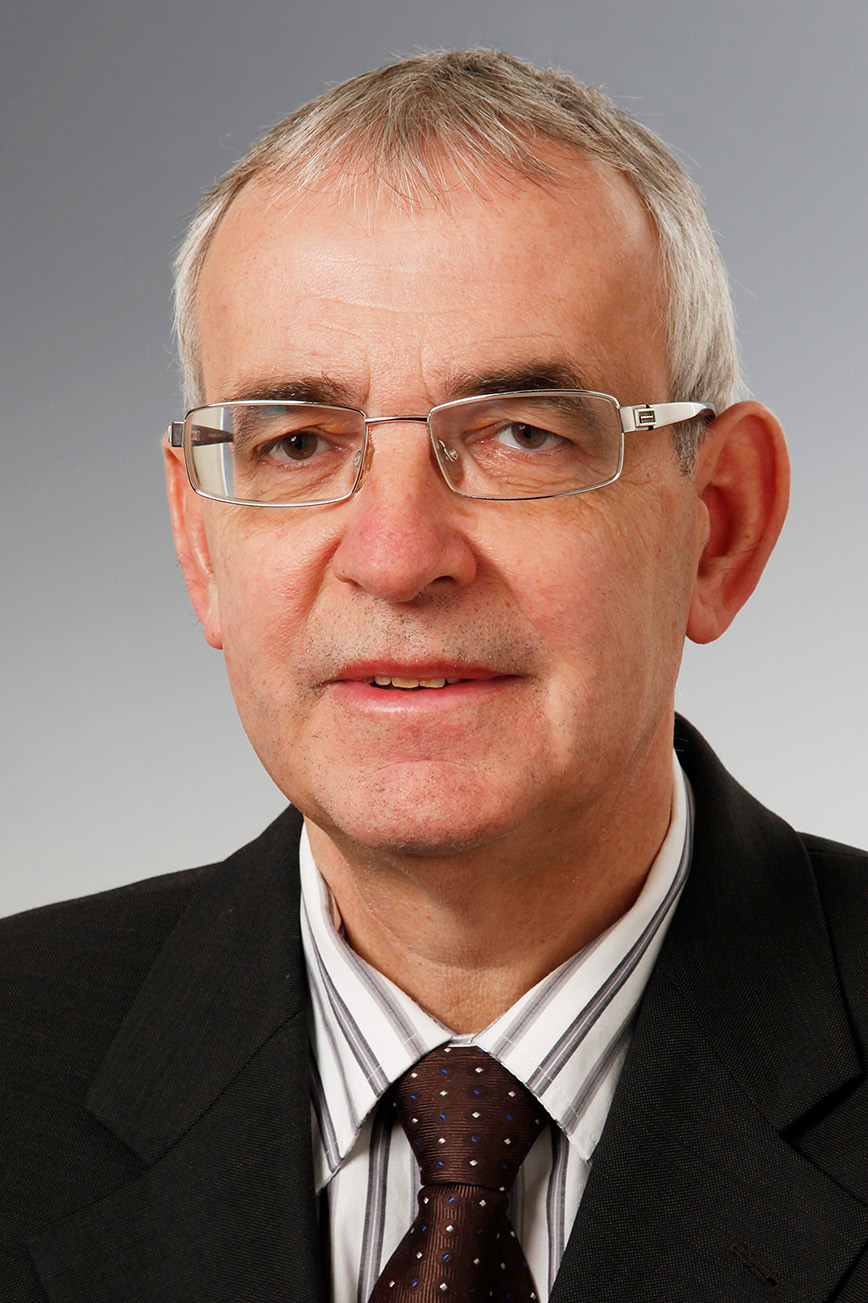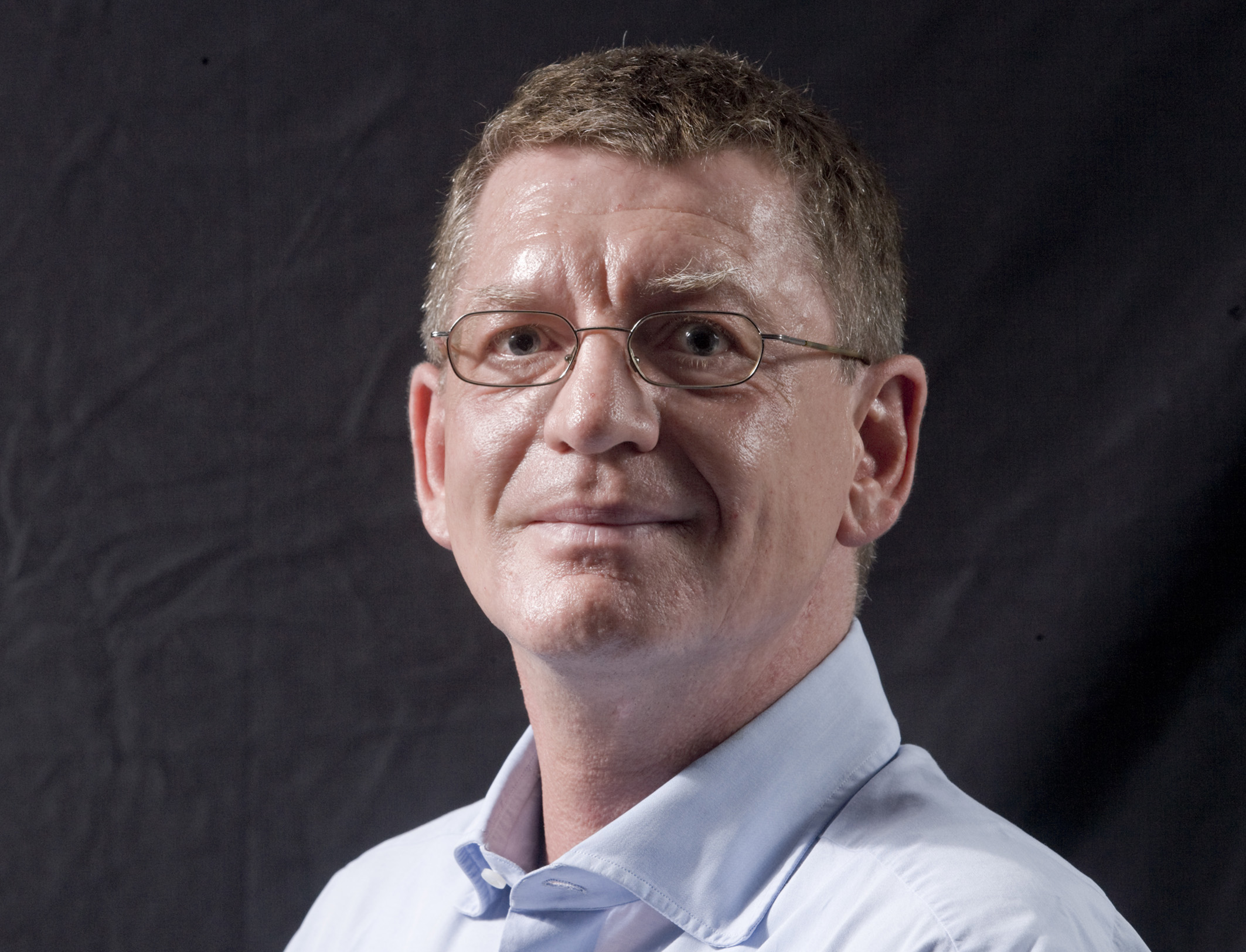WACKER Institute for Silicon Chemistry The Royal Society of Chemistry publishes pioneering research on silicone crosslinking without precious metals
Munich, Oct 23, 2020
A special honor has been bestowed upon researchers from the WACKER Group and from the WACKER Institute for Silicon Chemistry at the Technical University of Munich, Germany. Their pioneering work on eliminating the need for precious metals in crosslinking silicone rubber was published by the Royal Society of Chemistry (RSC) in its volume “2020 Green Chemistry” which honors outstanding contributions to the development of sustainable concepts for the chemical industry. Headquartered in London, the society is one of the oldest and most prestigious professional associa¬tions for chemists. The organization’s publications, for instance, have been advancing scientific work for over 175 years.

The term silicone describes synthetic polymers consisting of an inorganic silicon-oxygen backbone modified with organic groups. Silicone polymers represent a variety of product groups: fluids and resins used as additives or processing aids, as well as highly elastic silicones that play valuable roles in applications such as medical devices, automobile electronics and displays.
Before use, silicone has to be converted to a rubber-elastic state through chemical crosslinking. One of the more important methods used in the industry is addition-curing, as this crosslinking process does not release any volatile byproducts and results in particularly high-quality silicone elastomers. The process does have one disadvantage, however: the catalysts required for crosslinking contain precious metals such as platinum, which make the manufacturing process relatively expensive. These metals also remain in the silicone permanently.
A team of researchers led by Professor Bernhard Rieger, who holds the WACKER Chair of Macromolecular Chemistry at the Technical University of Munich, and Dr. Richard Weidner, who oversees organosilicon research at the Consortium für elektrochemische Industrie, the central R&D department of the WACKER Group, has now found a promising approach to resolving this issue. For the first time, the team successfully cured silicone rubber without the use of precious-metal catalysts. Rather than working with otherwise standard crosslinkers, the scientists instead used silicone building blocks containing silirane units.
Siliranes are three-membered rings with a high degree of ring strain, which makes them reactive. The rings consist of one silicon atom and two carbon atoms, and can either react directly, upon ring-opening, with suitable functional groups – without releasing any byproducts – or generate what are known as silylenes through thermal or photochemical activation. These highly reactive divalent compounds – the subject of considerable discussion in the scientific community – can, in turn, react with any functional groups or synthetic building blocks typically used in the production of silicone rubber. Depending on the type of activation process and the choice of starting compounds, the method opens up a variety of pathways for curing silicones with silirane-containing crosslinkers.
This is precisely what researchers at the WACKER Institute were able to demonstrate in the lab. Through experiments with selected silicone formulations, the team successfully showed that the method can be used for crosslinking silicone rubber. The final properties are determined exclusively by the selection of starting products and their mixing ratio. The silicone elastomers produced in this way are characterized by their exceptional purity, containing neither volatile substances nor traces of precious metals. “That’s especially true for elastomers, which are crosslinked via a ring-opening reaction. Silicones like these are particularly suitable for medical applications or as encapsulants for the electronics industry,” says Bernhard Rieger.
What makes this a trailblazing paper is that, for the first time, it shows, in principle, a way of making such highly reactive silicon compounds useful for industrial application. Researchers have to overcome a few more hurdles, however, to demonstrate practical viability for industrial use. “But we can already clearly see the advantages of the method”, Rieger notes. “Given the global growth in demand for precious metals, which are only available in limited quantities, alternative concepts like the use of siliranes to crosslink silicone without precious metals could play an important role in protecting important resources.”
Located on the Garching research campus near Munich, the WACKER Institute for Silicon Chemistry was founded jointly in 2006 by the Technical University of Munich and the Munich-based WACKER Group. Since then, 54 researchers of the institute were awarded their doctorate. Currently, eleven young scientists are studying the fundamental chemistry of industrially relevant organo-silicon topics as part of their doctoral research.
“Basic research is essential for us”, says WACKER chemist Richard Weidner, “which is why we value collaboration with the institute so much. It gives us an ideal way to support young, highly motivated doctoral candidates in their efforts to develop important foundations for forward-looking, industrially relevant technologies. Both sides bring their expertise and skills to the table.”
Note:
The article of B. Rieger et.al. („Application of multifunctional silylenes and siliranes as universal crosslinkers for metal-free curing of silicones“) was published in Green Chemistry, 2020, 4489. A patent application for the technology was submitted.
Presspicture

Dr. Richard Weidner
Dr. Richard Weidner oversees organosilicon research at the Consortium für elektrochemische Industrie, WACKER’s central research and development facility. (photo: WACKER)
Order photo
Professor Bernhard Rieger
Professor Bernhard Rieger holds the WACKER Chair of Macromolecular Chemistry at the Technical University of Munich. (photo: Rieger)
Order photoSilicone is converted to a rubber-elastic state via chemical crosslinking.
Silicone is converted to a rubber-elastic state via chemical crosslinking. Researchers at the Technical University of Munich and the Munich-based WACKER Group have now developed a foundation for a crosslinking method that involves no precious metals. (photo: WACKER)
Order photoContact

Wacker Chemie AG
Media Relations
Florian Degenhart
Tel. +49 89 6279-1601
Email florian.degenhart@wacker.com
Send Message
Download
Press Information
(PDF | 216 KB)
